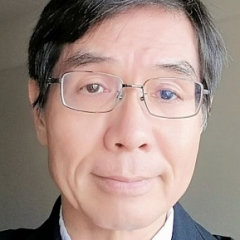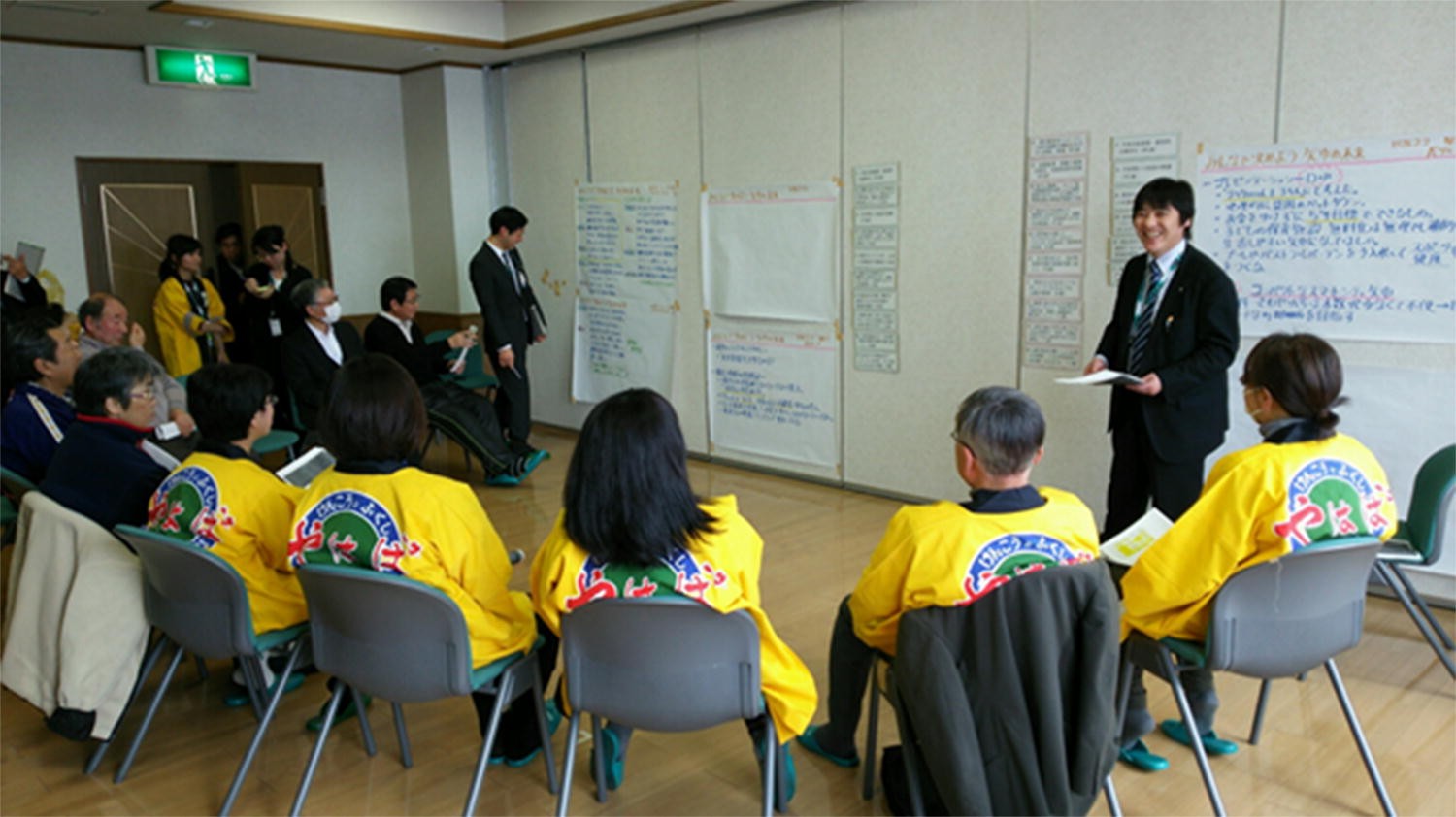Can good ideas lead to unintended negative consequences? Absolutely—and sometimes it takes years, decades or even centuries to find that out.
It’s not that we’re bad people though. We’re well-intentioned. We see the idea’s value. We’re optimistic that things will work out. We want to be part of the “tribe.” And we’re a bit impulsive about things. It’s all human nature.
This holds true in politics too where short-term fixes often create havoc down the road. It’s also happening in companies,where growth and profits dominate decision making.
But it doesn’t have to be that way.
 A few years ago, I became mesmerized by the work of Japan’s “Future Design” movement led by economist Tatsuyoshi Saijo.
A few years ago, I became mesmerized by the work of Japan’s “Future Design” movement led by economist Tatsuyoshi Saijo.
While in the US over a decade earlier, he learned about how, when making decisions, the Iroquois considered the impact on seven generations out.
Plus, it became clear to him that (and I quote):
- “Future generations cannot participate in today’s markets and, hence cannot express their willingness to preserve current resources.”
- “On the other hand, democracy ministers primarily to the present generation and is not concerned with future generations.”
So, he decided to experiment to see if you could change how people THINK about the future. Imagine that.
After numerous variations of lab tests over a several-year period, he and his team found an approach that led people to consider future impact.
The Creation of “Futurability”
Here’s how it got started. In a small city in Japan, local people were convened to plan the future of their town and surrounding areas. When they came to the meeting, they were divided into two separate groups.
The first group played themselves as they were right now. Their job was to come up with recommendations to present to the citizens of the city.
The second group had the same challenge. However, they were told it was the year 2060—and that they should think from that perspective. They were also given ceremonial robes to wear to ensure they looked and felt different.
The results? The present-day people were short-term focused. They wanted to fix the problems that were most bothersome at the time. They didn’t want to pay more money for things unless they could get an immediate benefit from them.
The future-thinking people came up with ideas that were far more radical, innovative, and transformative.
These Imaginary Future People (IFP) were more concerned with health care, the environment, and addressing the long-term challenges that rarely get dealt with when politics are in play.
The two groups then reconvened to share their plans. Amazingly, when people could see things from the perspective of the future generations, their own feelings changed.
Here’s a photo of the consensus-building process between the present and future generations. It was their fifth workshop together.
 Image source: Hara, K., Yoshioka, R., Kuroda, M. et al. Reconciling intergenerational conflicts with imaginary future generations: evidence from a participatory deliberation practice in a municipality in Japan. Sustain Sci 14, 1605–1619 (2019). https://doi.org/10.1007/s11625-019-00684-x
Image source: Hara, K., Yoshioka, R., Kuroda, M. et al. Reconciling intergenerational conflicts with imaginary future generations: evidence from a participatory deliberation practice in a municipality in Japan. Sustain Sci 14, 1605–1619 (2019). https://doi.org/10.1007/s11625-019-00684-x
The present-day people didn’t mind paying more in taxes to benefit the future community—their future families. They prioritized things differently than before.
AND, they felt good about what they’d decided. They knew that their plans would positively impact their children’s children and long into the future.
Even after this event, they were able to access this kind of thinking again. They became “Time Rebels,” as Roman Krznaric, author of The Good Ancestor, calls them.
What If…
Can you imagine what might happen if we incorporated this long-term thinking into what’s happening in our communities, cities, and countries?
Can you imagine if people really focused on how we can preserve this earth for our future generations?
Can you imagine people feeling good about giving up things they thought they needed now?
We need more of this future thinking! I’m willing to do it. Are you?







